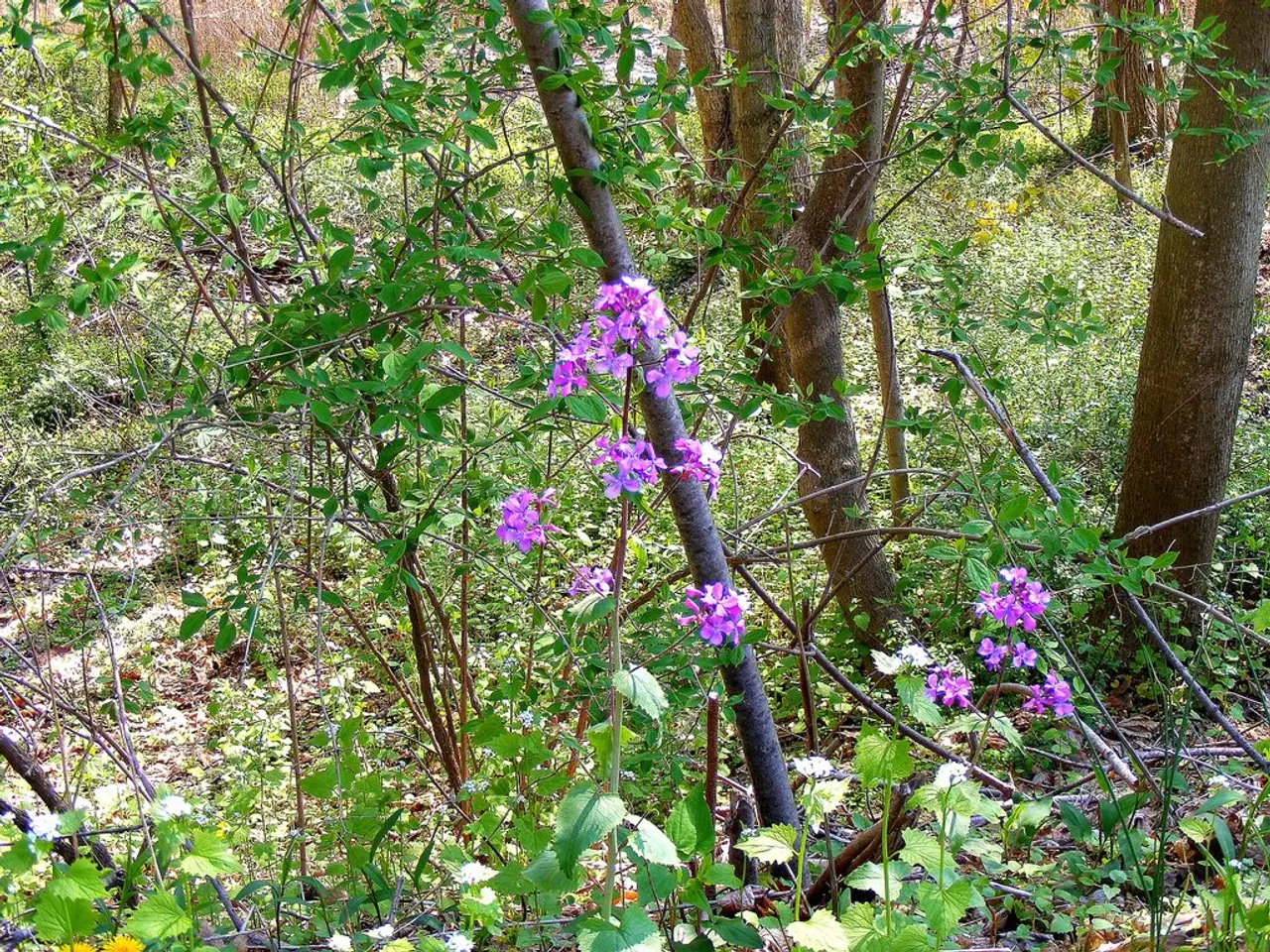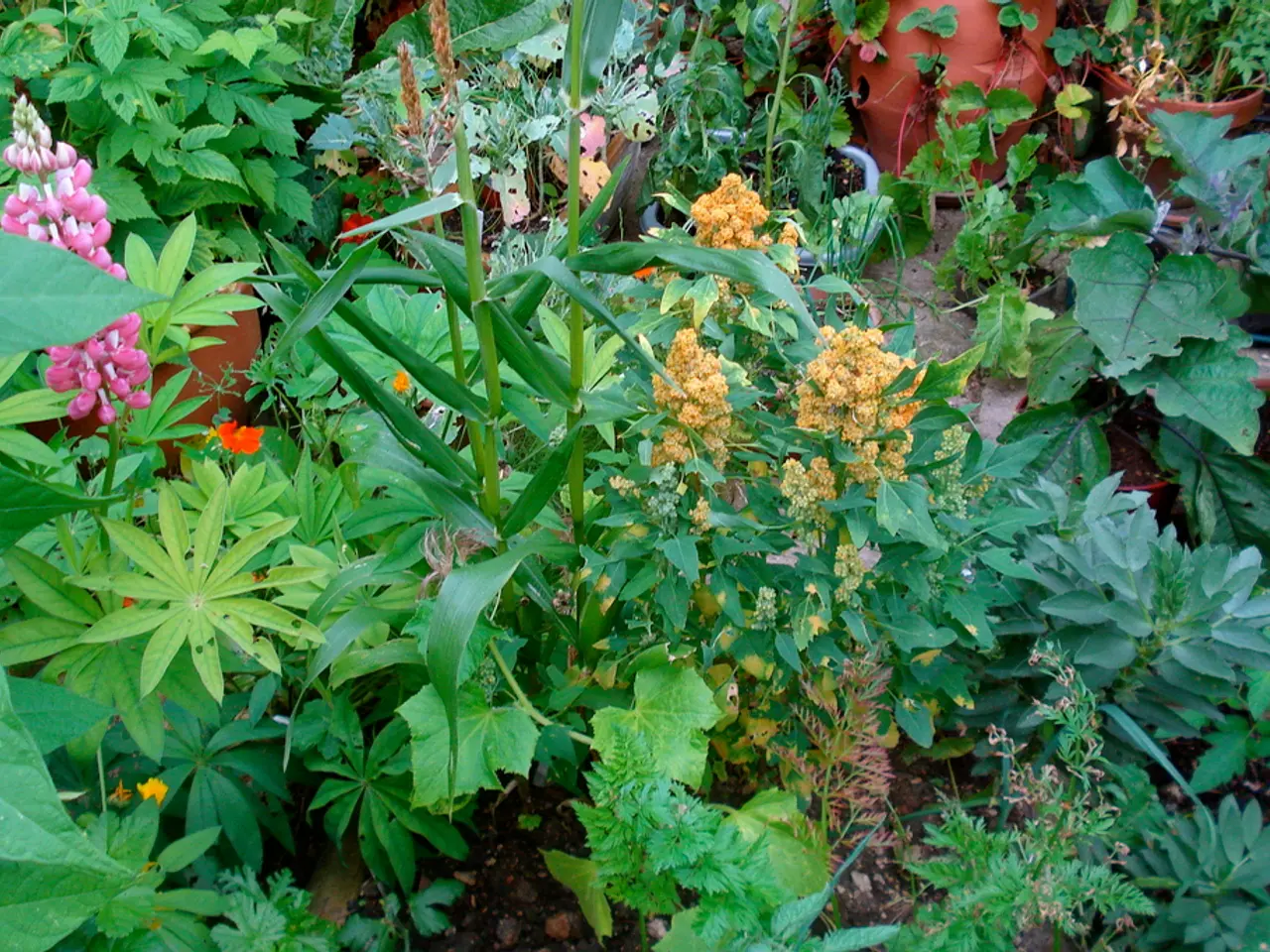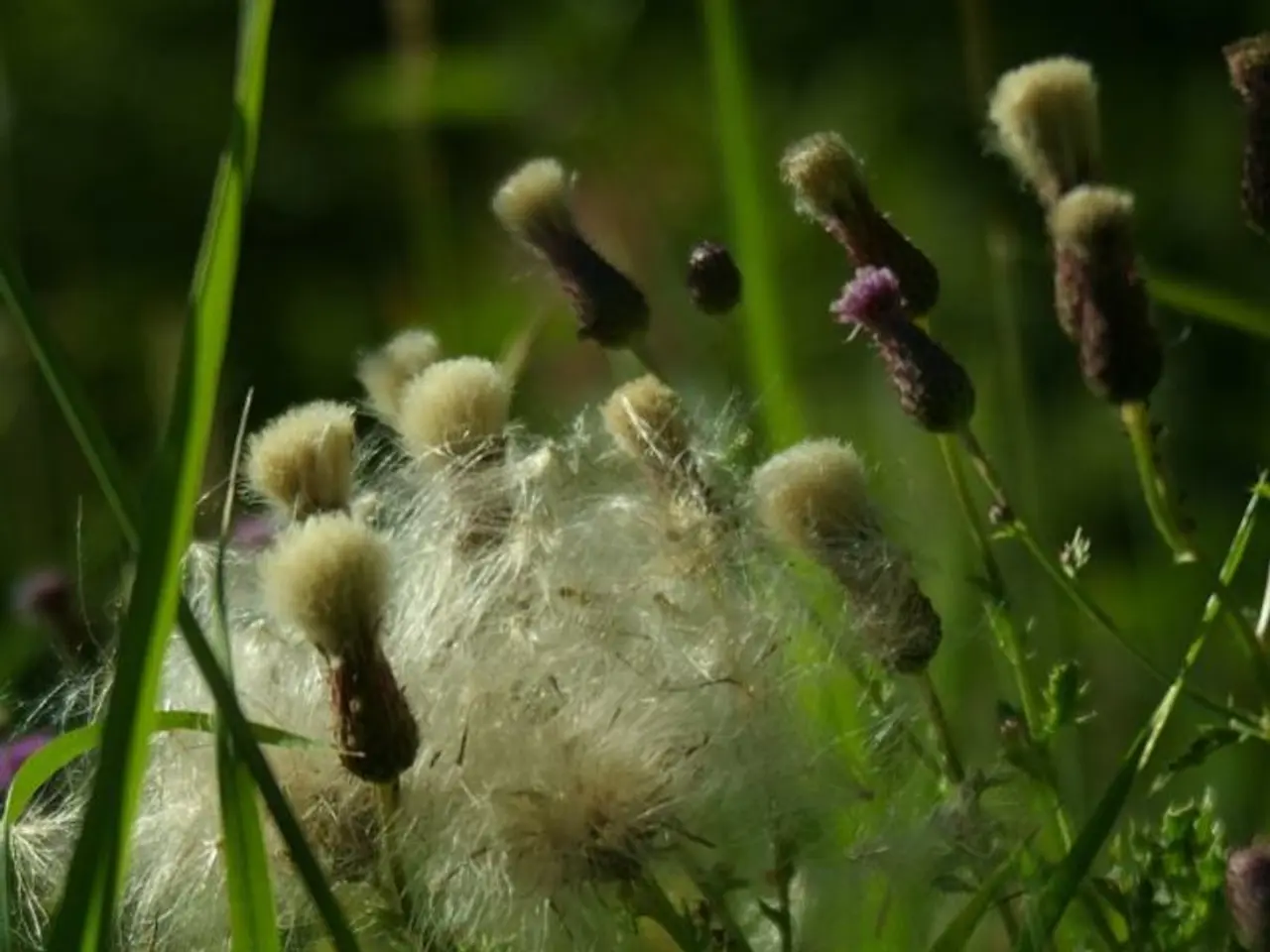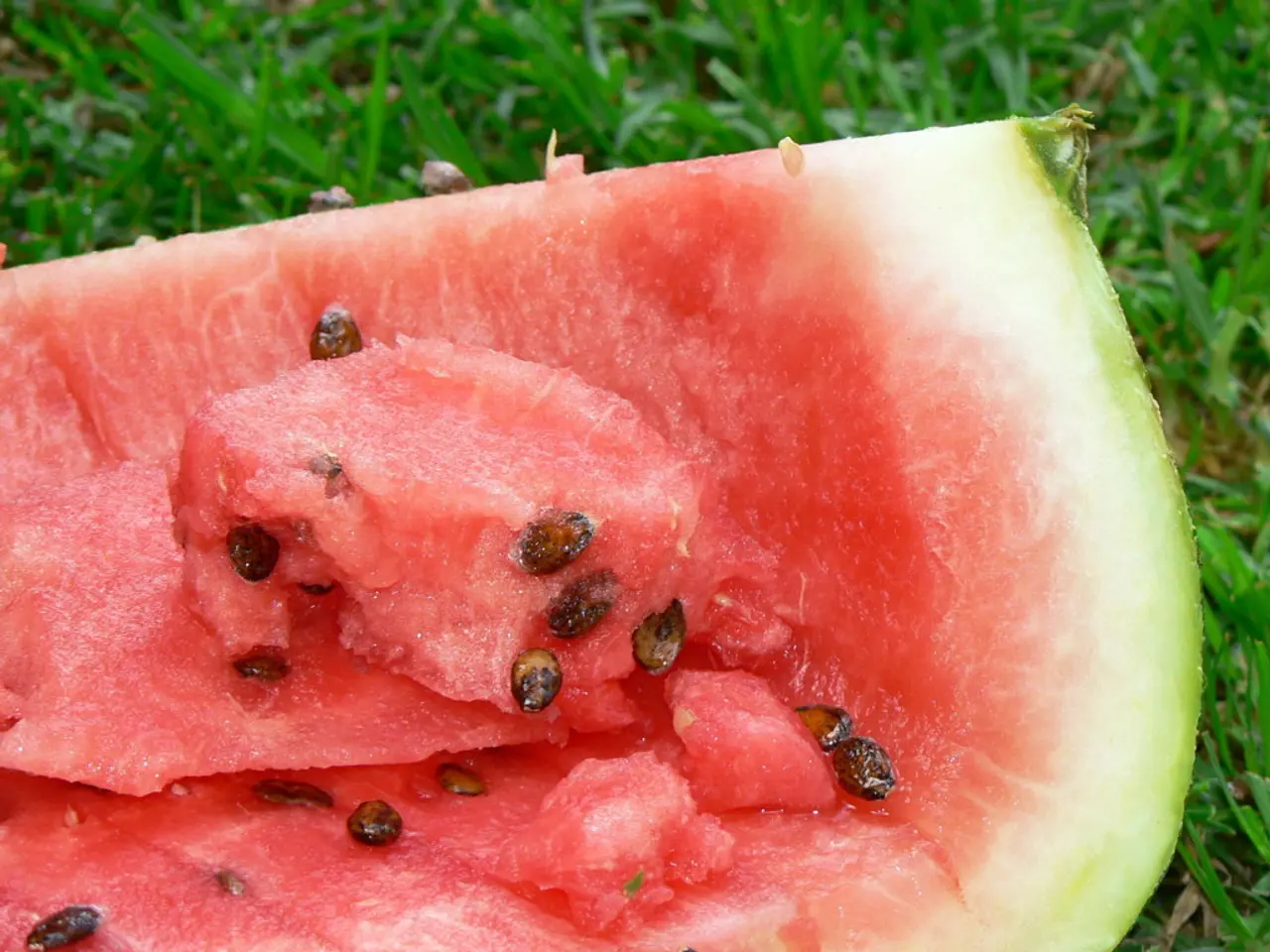"Top Blooming Flowers in Wisconsin for Perpetual Flowering Throughout the Year"
Nestled in the heart of America lies the charming state of Wisconsin, celebrated for its breathtaking landscapes and lively communities. Among the rolling hills and tranquil rural scenery, cultivating a stunning flower garden adds an extra layer of enchantment to the local ambiance.
To achieve a flourishing garden in Wisconsin, it's essential to understand the unique climate and soil conditions specific to the region. By carefully selecting the right blooms, you can ensure a vibrant and colorful display throughout the changing seasons.
From hardy perennials to cheerful annuals, selecting the perfect flowers not only enhances the garden's aesthetic appeal but also celebrates the natural beauty of Wisconsin's outdoors. Dive into a list of top flower choices that thrive in Wisconsin's gardens while embracing the state's unique natural splendor.
Top Flowers to Grow in Wisconsin
1. Purple Coneflower
The Pale Purple Coneflower, a striking Wisconsin native perennial, showcases its beauty despite varying soil types and moisture levels. Typically found in prairies, the Purple Coneflower is robust and adapts well to rocky, clay, or dry soil due to its taproot, providing drought tolerance.
The Purple Coneflower performs best in a variety of soil types from sandy to clay, preferring well-drained upland soils in full sun. For the most blooms and sturdy plants, choose a spot with at least six to eight hours of full sunlight daily. The plant can tolerate partial shade but will shine the brightest in sunny conditions.
Known for its medicinal properties, Purple Coneflowers, or Echinacea, have been traditionally used as an treatment for the common cold, coughs, bronchitis, upper respiratory infections, and some inflammatory conditions. Research on echinacea, primarily conducted in Germany, is limited but provides promising insights into its potential health benefits.
2. Astilbe
Symbolizing patience and dedication to a loved one, Astilbe flowers thrive in part shade and require careful attention to proper soil conditions. In full sun, they may need afternoon shade in hot climates. In contrast, their performance in full shade may be less vibrant.
Astilbe prefers moist, well-drained soil with a slightly acidic pH (6.0). Traditionally, this plant has been used for the treatment of ulcers, bleeding during childbirth, inflammation, body aches, diarrhea, and dysentery.
3. Clematis
The charming Clematis, or Sweet Summer Love, is an easy-to-grow and maintain flower that boasts impressive hardiness. Ideal growing conditions include full or partial sun (usually facing south or west) and shelter from strong winds. Clematis plants are famously used in traditional medicine to treat various ailments, such as syphilis, gout, rheumatism, bone disorders, chronic skin conditions, and as a diuretic.
4. Creeping Phlox
Phlox stolonifera, also known as Creeping Phlox or Moss Phlox, is a flowering plant adapted to thrive in a range of conditions. Creeping Phlox prefers full sun or partial shade in slightly acidic and well-draining soil.
These low- maintenance plants require watering once a week but can survive without rainfall for a while. Wild blue phlox tea has been used historically to treat stomach and intestinal problems, such as aches or indigestion. The tea made from dried Phlox leaves is believed to purify the blood and treat conditions like boils or eczema.
5. Black-Eyed Susan
Rudbeckia hirta, commonly known as Black-Eyed Susan, is a North American flowering plant that blooms best in full sun (at least 6 to 8 hours per day). Capable of tolerating some shade, you may find that your Black-Eyed Susans stretch and spread toward the light in lower-light conditions.
In some Native American herbal medicines, infusions of the Black-Eyed Susan roots have been used to treat colds, dropsy, and worms in children. The mixture also has been used for sores and snakebites, while the liquid within the roots has been used as earache drops.
6. Day Lily
Daylily, or Ditch Lily, is a flowering plant whose every part is edible. This tough plant thrives in a variety of soils, including clay, when the ideal growing conditions are met. Ideal soil conditions for Daylily include moist, fertile, and well-drained soil in full sun, with smaller varieties also suitable for container growing.
Divide Daylily plants every few years to maintain their strong growth. Flowers are anodyne, antiemetic, antispasmodic, depurative, febrifuge, and sedative. In traditional Chinese medicine, they are used to treat women in childbirth, and an extract of the flowers is used as a blood purifier.
7. Sedum
Stonecrop, genus Sedum, is a genus of about 600 species of succulent plants. Low-growing Sedum will readily spread to fill any gaps. Sedum does best in full to part sun, while taller hybrids need full sun to flower their best. Creeping types will grow fine in part shade. Sedum prefers well-drained soil with a neutral to slightly alkaline pH, avoiding wet, heavy clay.
Fresh, crushed leaves or plant extracts are traditionally used externally in herbal medicine to cure skin diseases. These plants are regarded to have diuretic and laxative properties.
8. Shasta Daisy
Leucanthemum × superbum, or Shasta Daisy, is a commonly grown flower with a range of cultivars boasting various colors and sizes. Plant Shasta daisies in full sun to light shade, thriving in rich, fast-draining soil, plenty of water, and ample sunshine. Good soil drainage is especially important in winter to prevent root rot.
Daisy can be an effective herbal remedy against colds, coughs, and digestive complaints. Infusions of Common Daisies are beneficial for treating arthritis, catarrh, hepatic and renal disorders, diarrhea, and rheumatism.
9. Aster
Big leaf Aster, native to Wisconsin, is a woodland perennial aster that spreads by rhizomes to form a dense carpet of large hairy leaves up to 8 inches in length. It blooms with delicate lavender/blue flowers in late summer.
Choose a full sun spot with moist but well-draining soil to grow asters, enriching the soil with compost before planting. The dried blossoms were traditionally snuffed for similar purposes or the vapors inhaled as steam. Aster tea was used to treat earaches and relieve gas pains, stomach aches, and fevers. The flowers and roots were both commonly used.
By incorporating these locally thriving flowers into a home-and-garden, residents of Wisconsin can enhance their lifestyle while respecting the state's natural beauty. Cultivating Purple Coneflowers, Astilbe, Clematis, Creeping Phlox, Black-Eyed Susan, Day Lily, Sedum, Shasta Daisy, and Aster in home gardens can not only boost aesthetic appeal but also connect with the state's rich heritage of medicinal plants.




